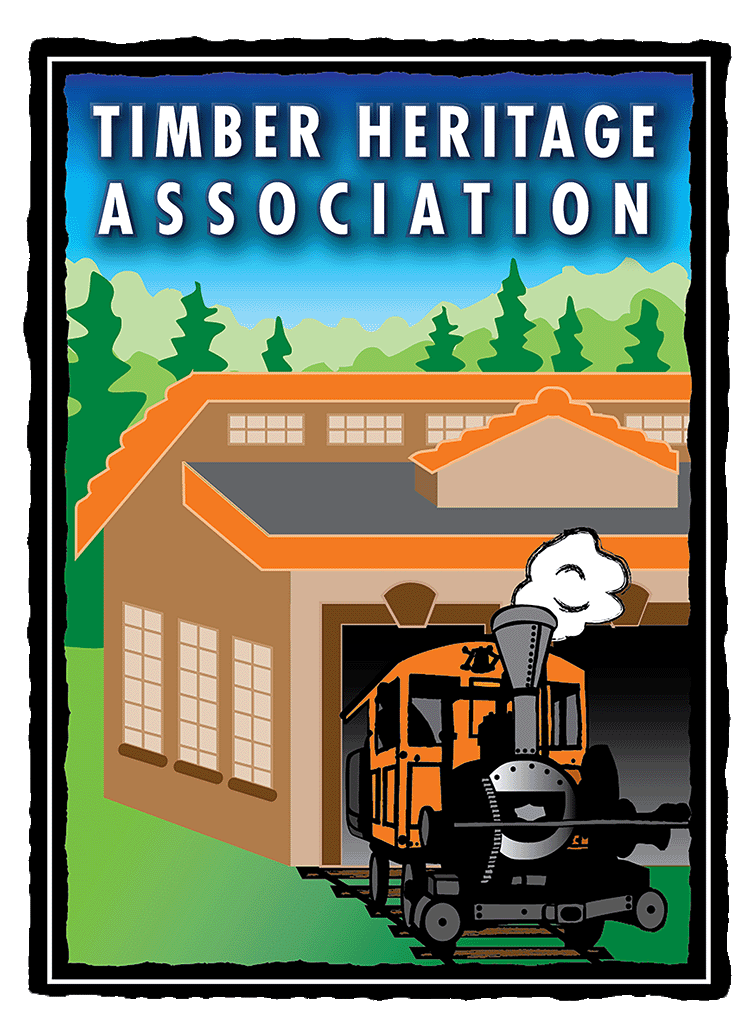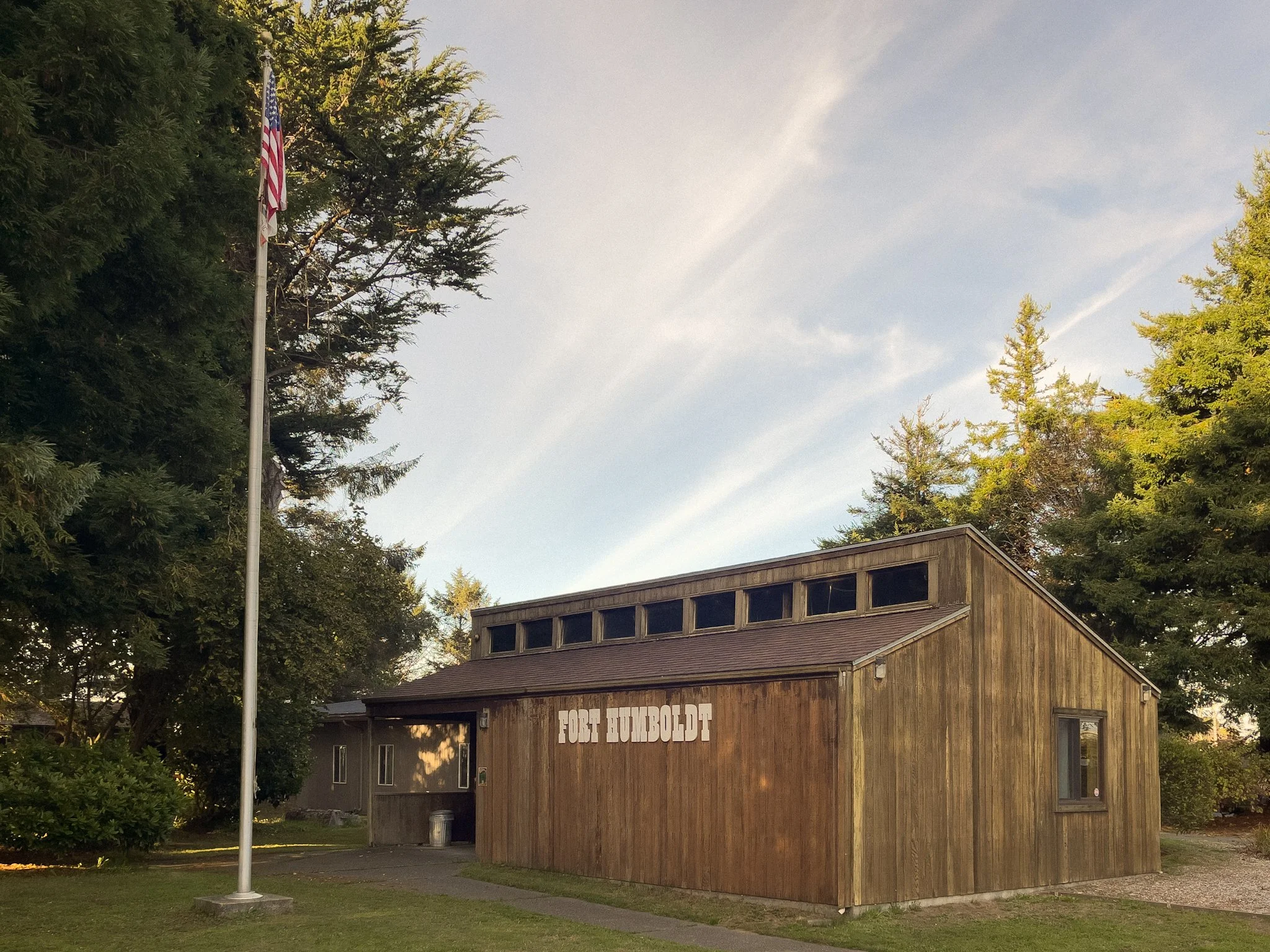
FORT HUMBOLDT STATE HISTORIC PARK
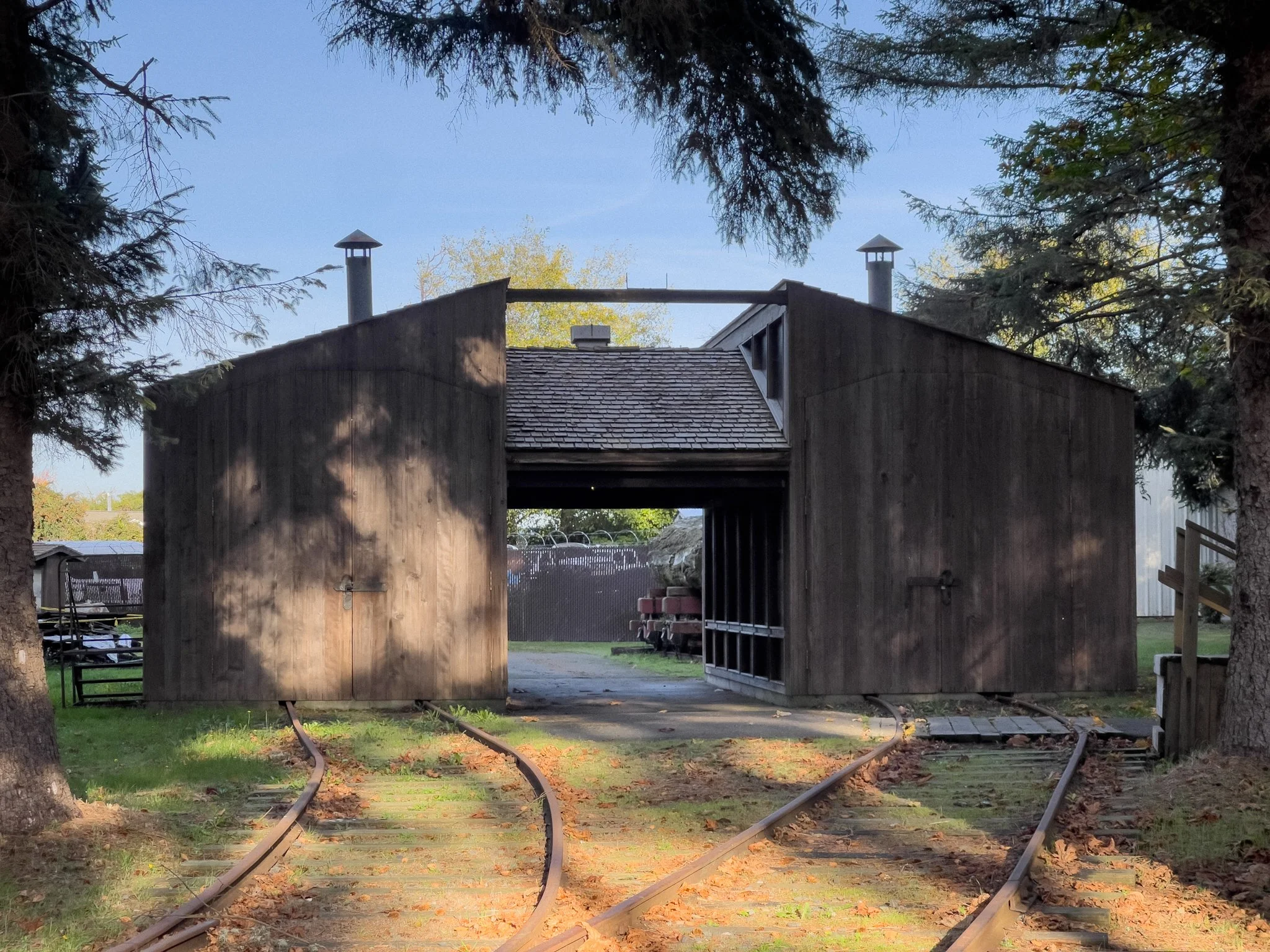
Fort Humboldt is a historic military fort, situated on a bluff overlooking Humboldt Bay. This remote military post was established in 1853 to assist in conflict resolution between Native Americans, gold-seekers and settlers who had begun flooding into the Humboldt Bay area after the discovery of gold in the northern mines.
Fort Humboldt later became the headquarters for the Humboldt Military District, which included Fort Bragg and Fort Wright in northern Mendocino County, extending north through Humboldt County to Fort Ter-Waw in Klamath and Camp Lincoln near present-day Crescent City.
It was during its first few years that Fort Humboldt was home to one of its most famous residents, Captain Ulysses S. Grant. After being decorated for bravery during the Mexican-American war, he was posted to several locations including Fort Vancouver in the Pacific Northwest. The isolation of Fort Humboldt did not appeal to Grant, and after serving as commanding officer of Company F for six months, resigned his commission.
Fort Humboldt was formally abandoned in 1870 and rapidly fell into decay. The property was later used for agricultural production. Today, only the hospital building remains of the original fourteen structures and is now an historical museum dedicated to telling the story of the Fort and the Native American groups, including the Wiyot, Hoopa and Yurok. In the 1980's the Surgeon’s Quarters was reconstructed and there are plans for its establishment as a period house museum. In 2001 a historic herb and vegetable garden was recreated adjacent to the Hospital.
Fort Humboldt State Historic Park offers many exploration options with historic and reconstructed buildings; including the Fort Museum and an outdoor Logging Museum with historic 19th-mid 20th century logging equipment including the Dolbeer Steam Donkey; “Lucy,” the Bear Harbor Lumber Company’s Gypsy Locomotive #1; and the Elk River Mill and Lumber Company’s #1 “Falk” locomotive.
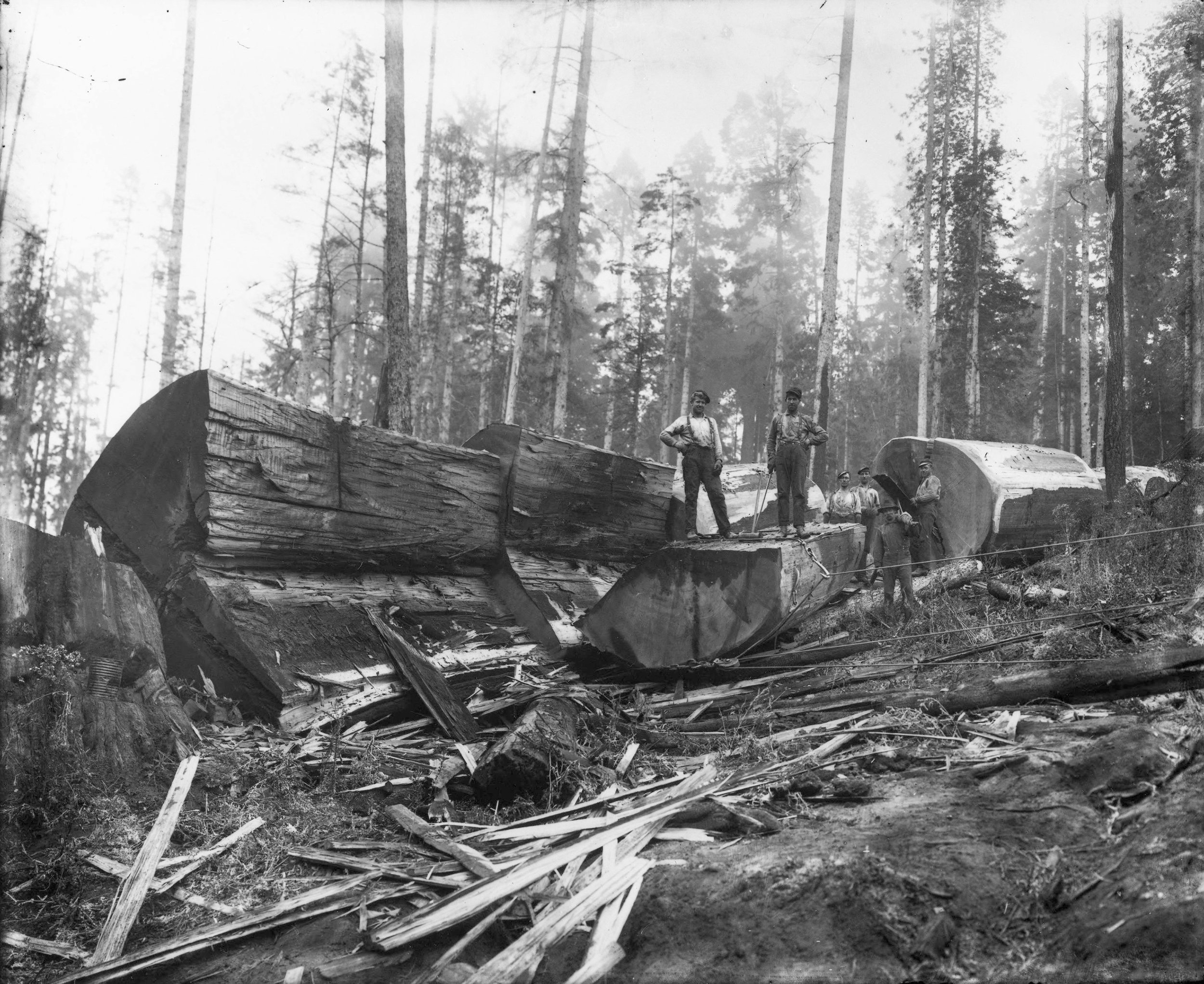
Both the Elk River Mill & Lumber Company and the Bear Harbor Lumber Company locomotives were used along with a number of early logging locomotives as a kind of portable donkey. As steam donkey engines got larger and trains got heavier, the smaller locomotives were no longer needed.
Elk River Mill & Lumber Company No. 1 was delivered by sailing vessel to the wharf in Bucksport and first used by Noah Falk in Arcata to service his Dolly Varden Mill. In 1886, it was moved to Falk’s timber holdings and mill in the Elk River area and spent the next 40 years operating there.
Bear Harbor Lumber Company No. 1 “Gypsy“ was delivered by steamer from San Francisco and unloaded at Bear Harbor using a skyline from the offshore ship. Bear Harbor is located on the Mendocino County coast, several miles south of Shelter Cove, West of Confusion Hill.
The Gypsy locomotive was used in this area for the next 15 years and then went out of service. In 1967, it was donated to Fort Humboldt State Historic Park, and in 1979, the Timber Heritage Association — then known as the Northern Humboldt Logging Interpretive Association — rebuilt and operated the locomotive for the first time.

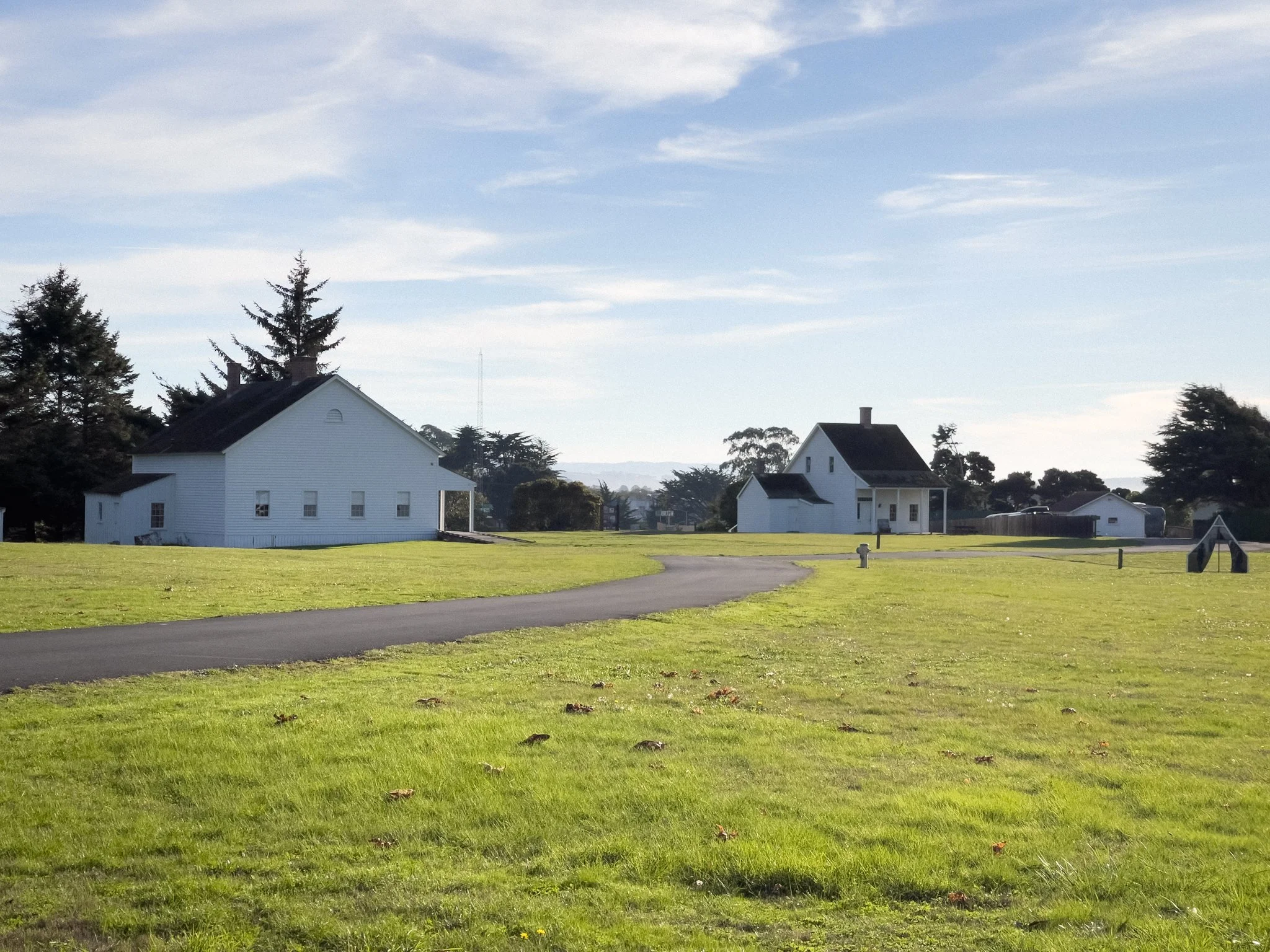
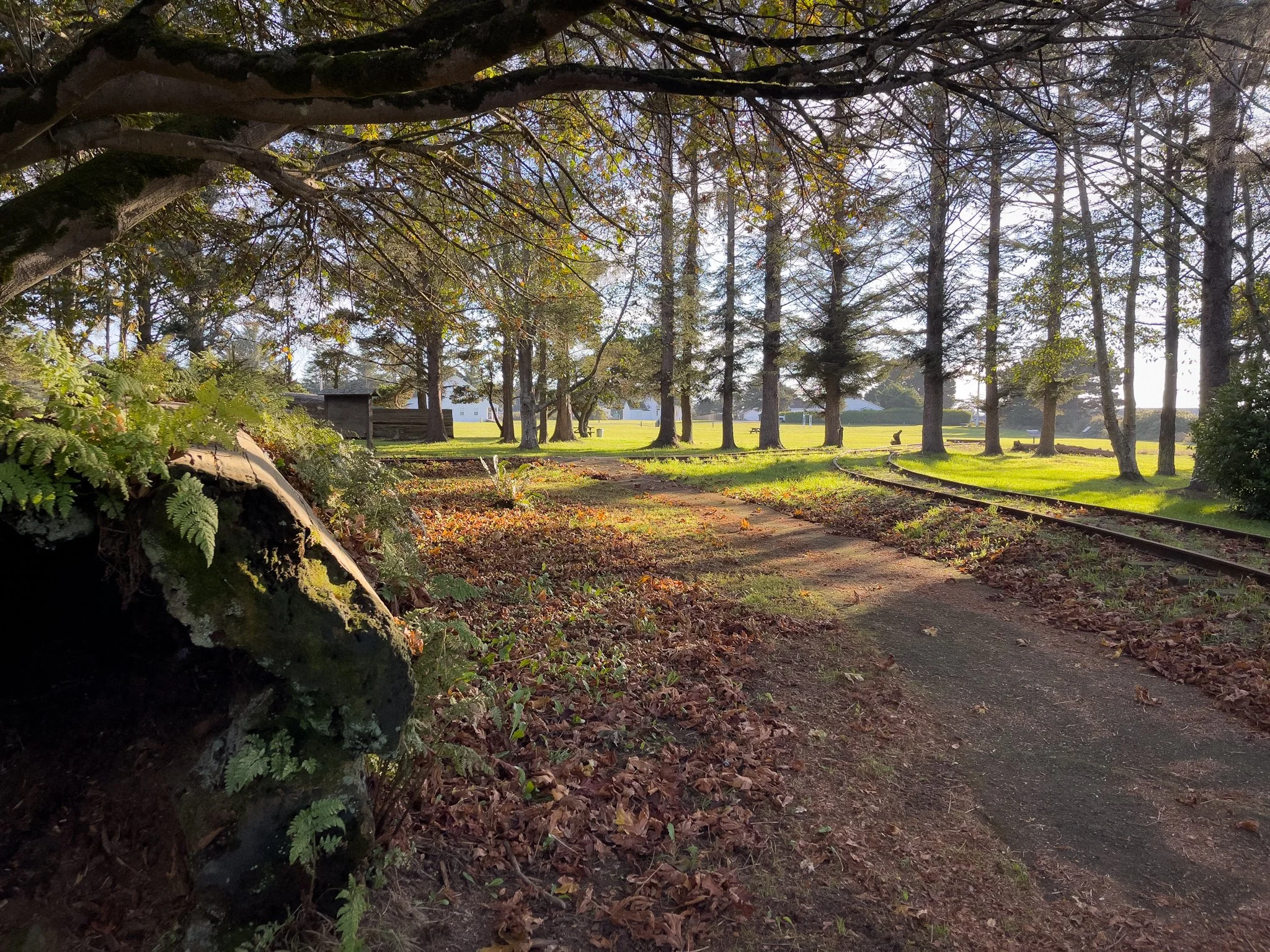
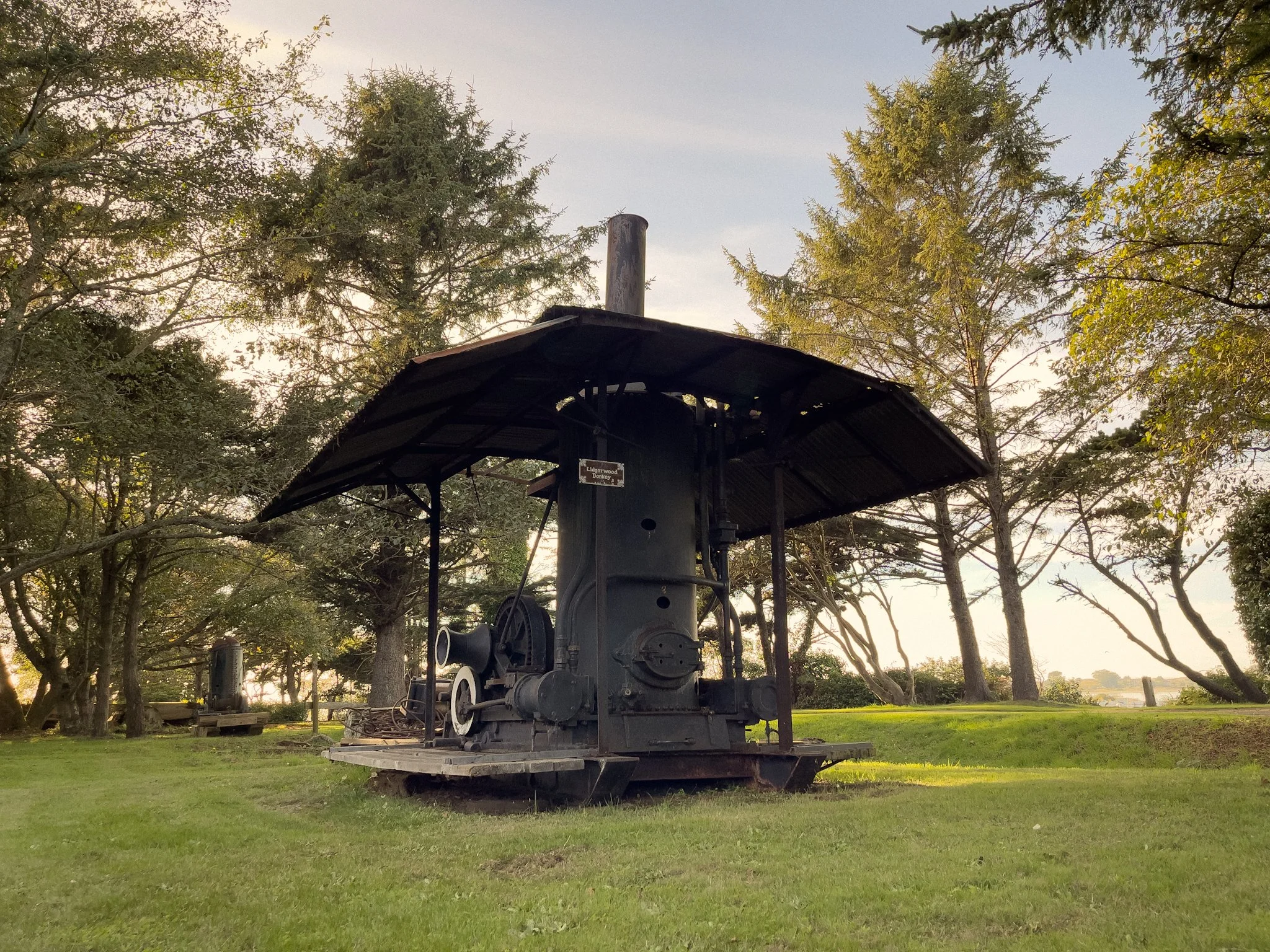
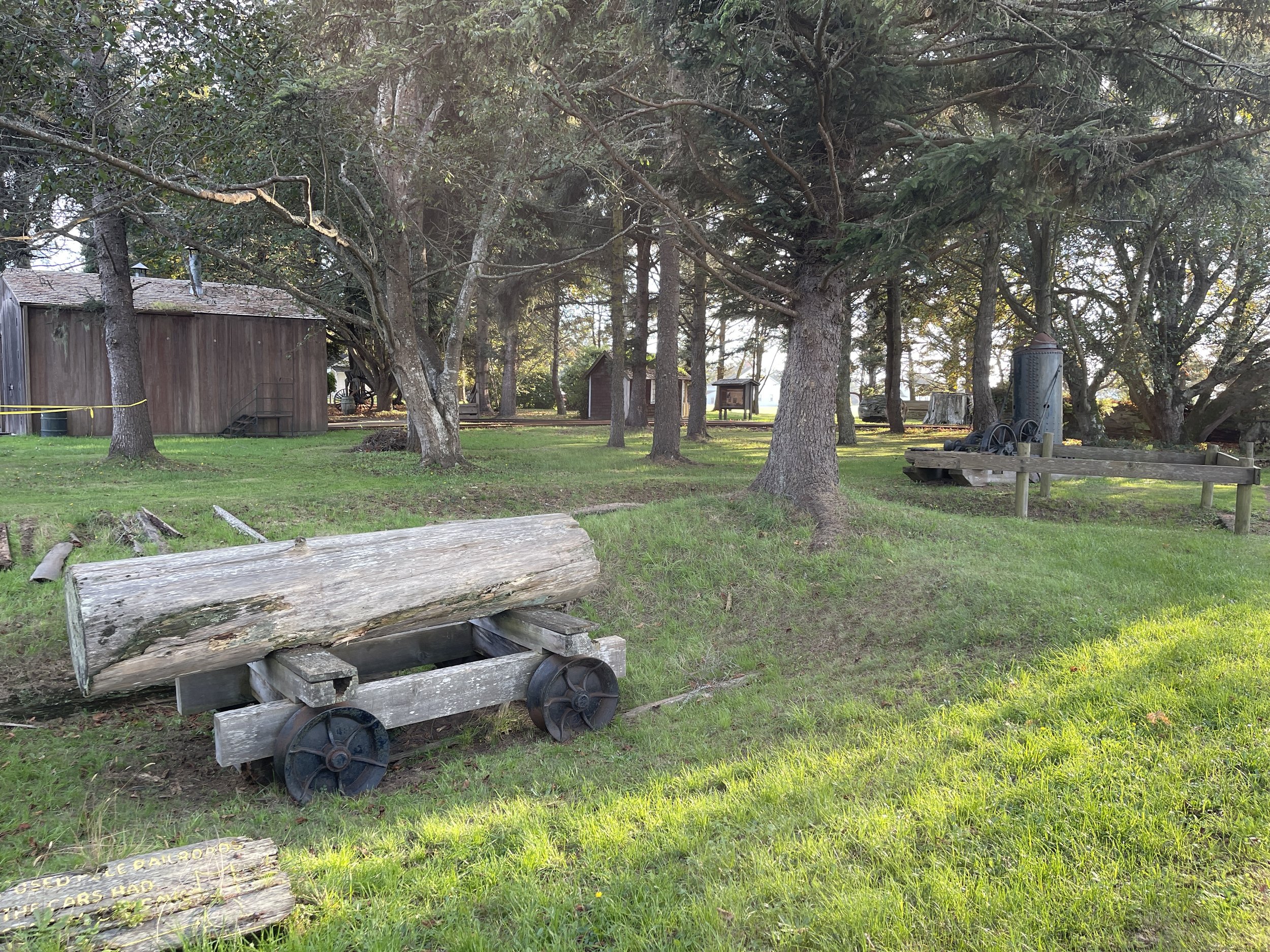
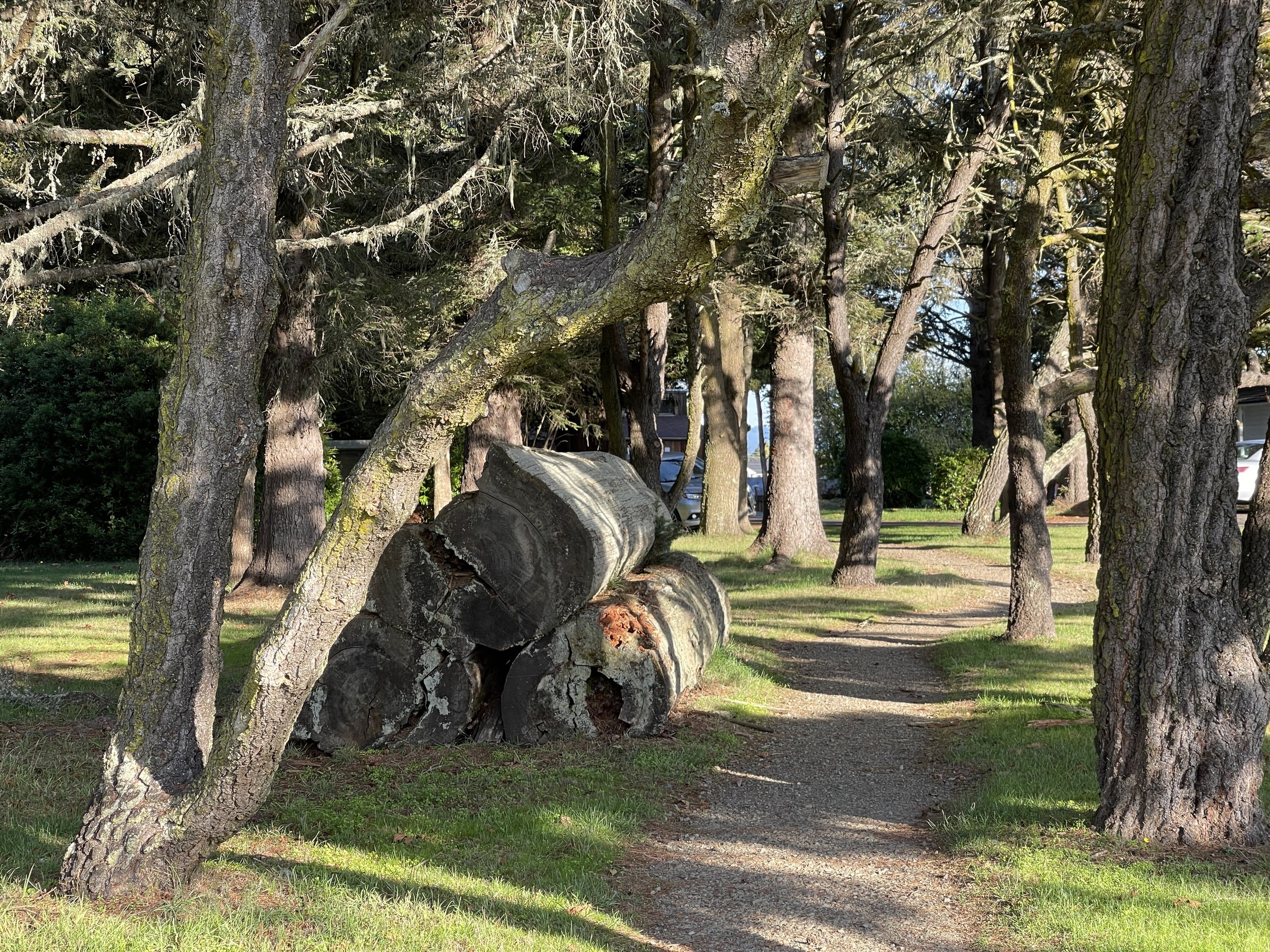
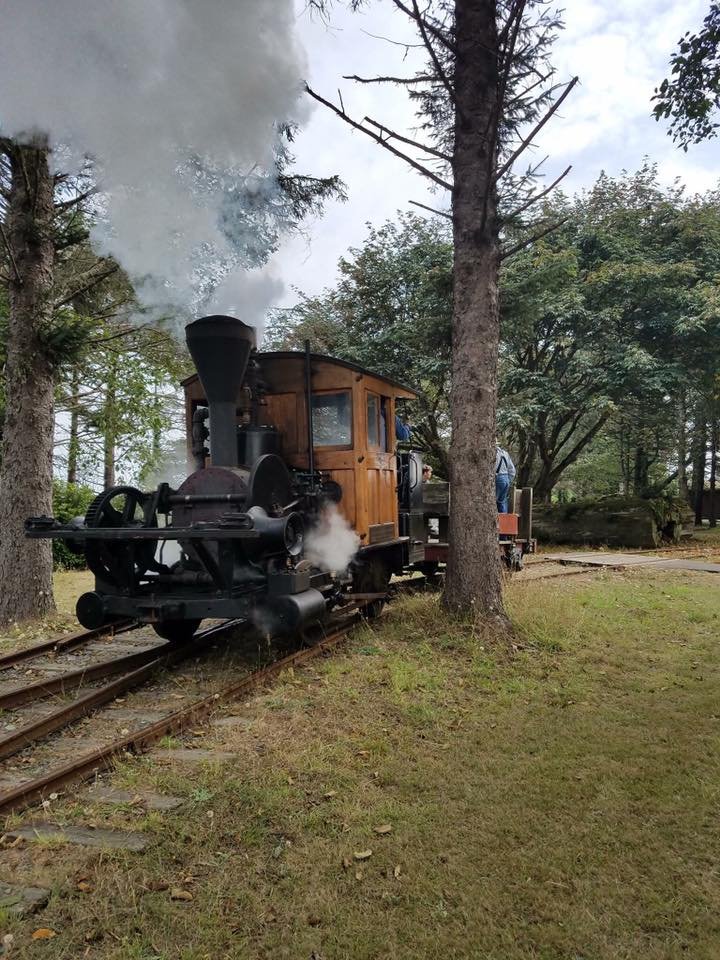
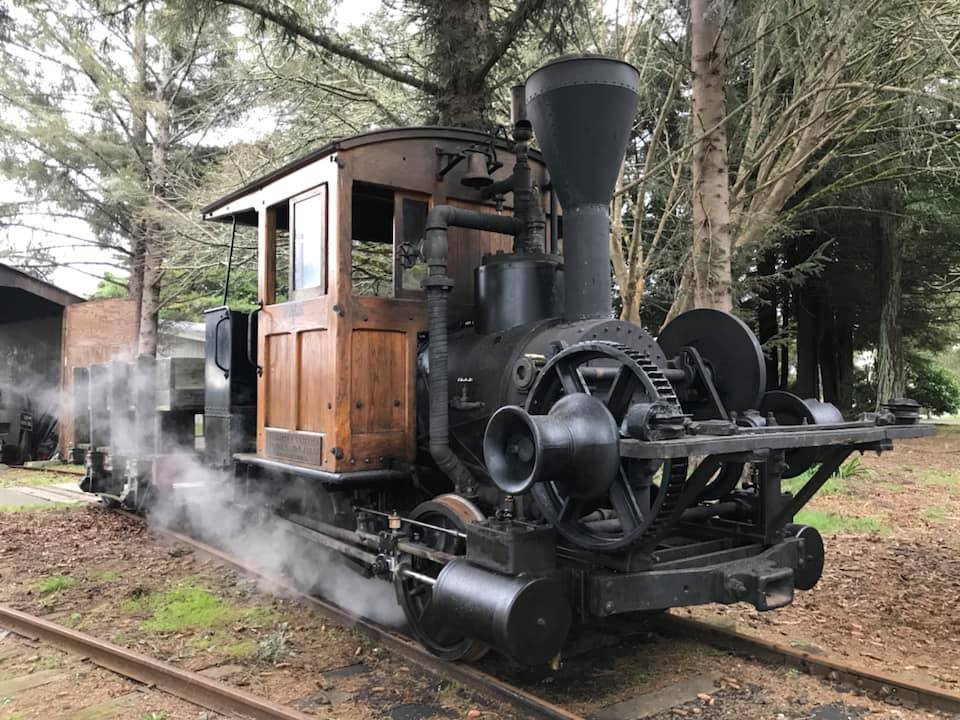
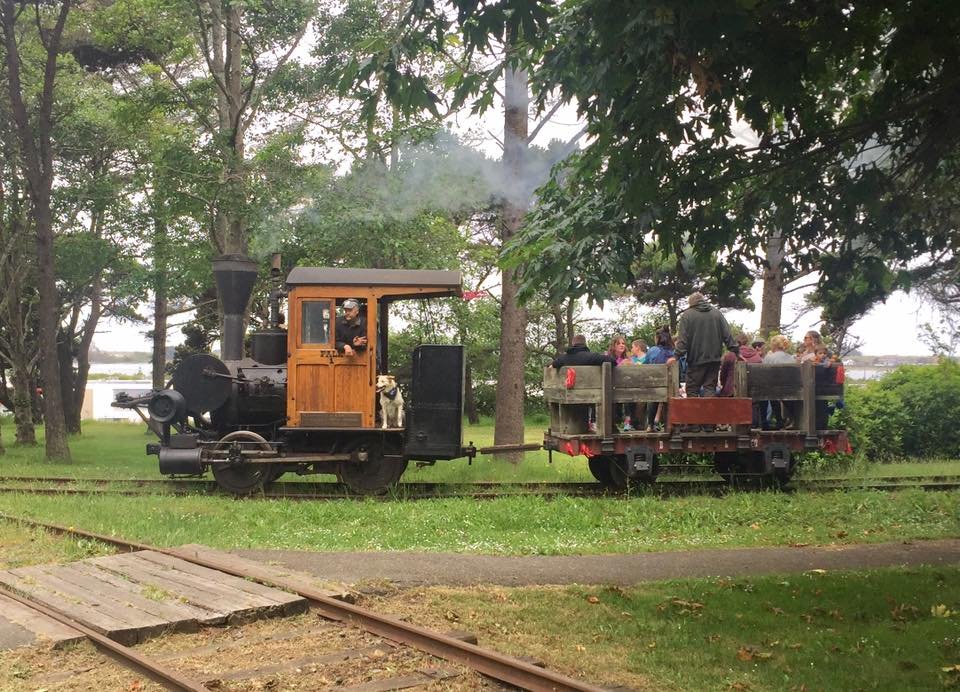
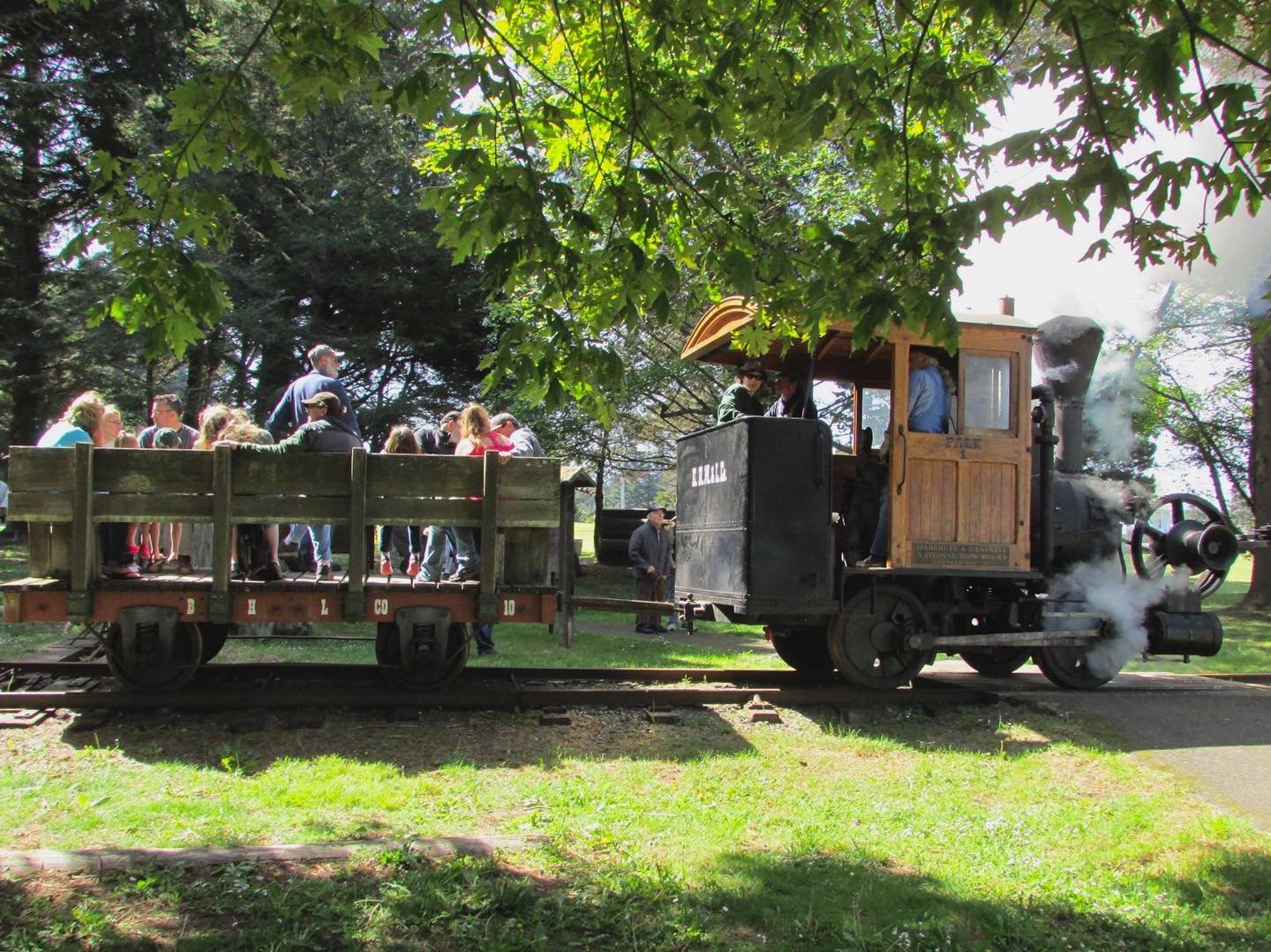


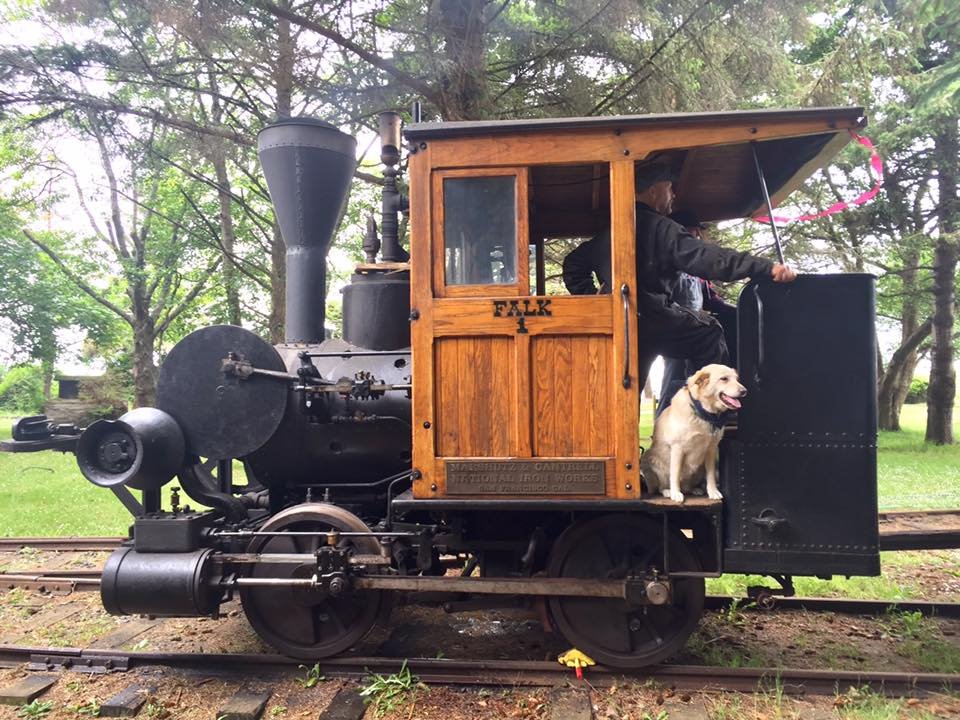
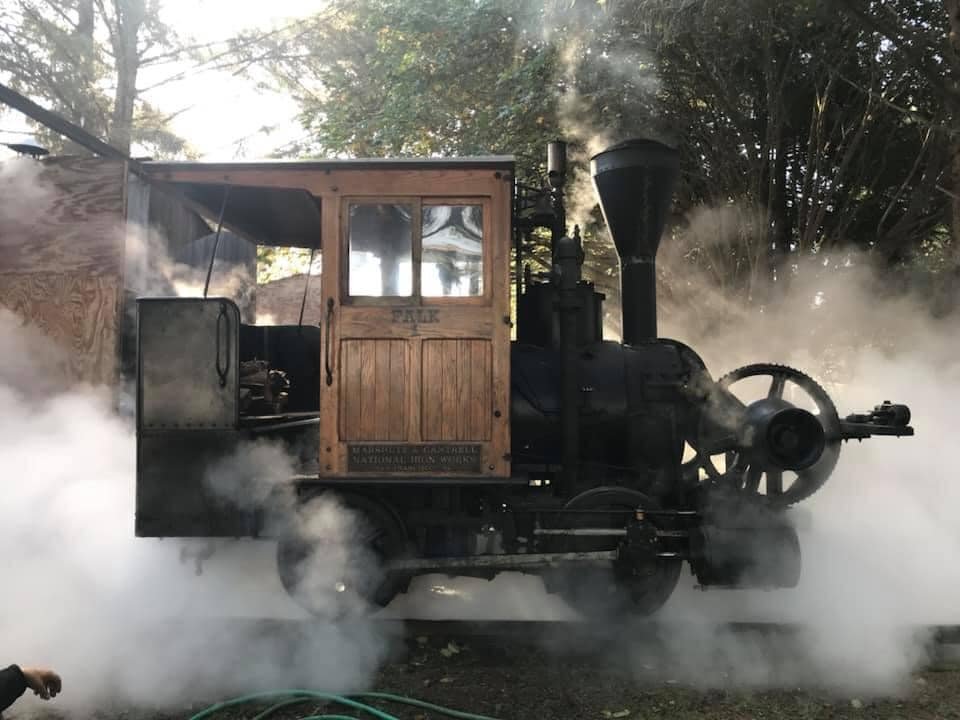
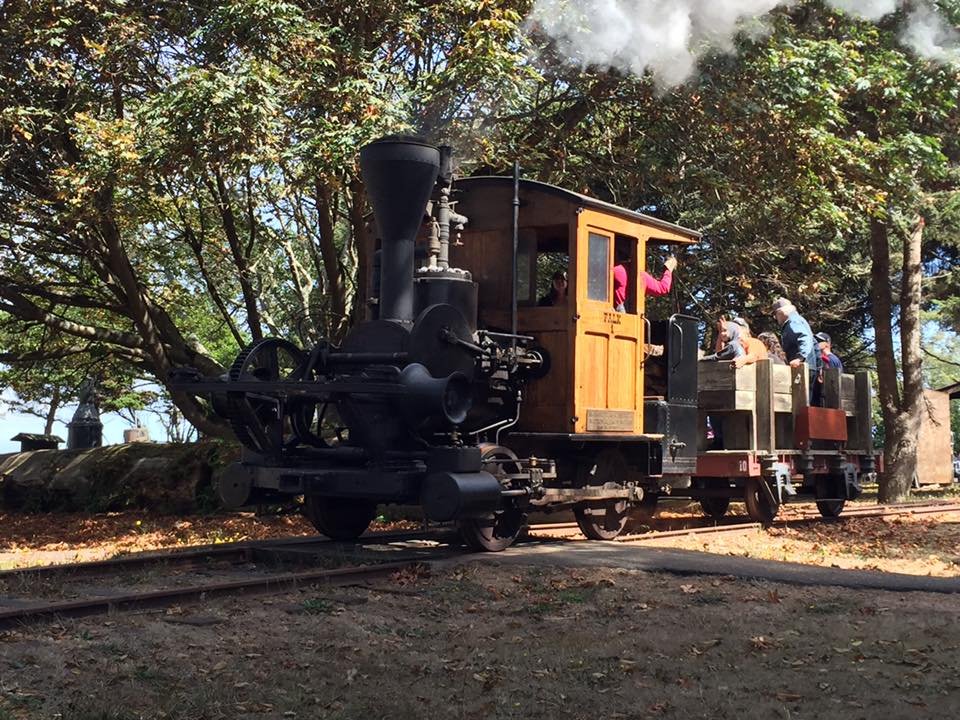
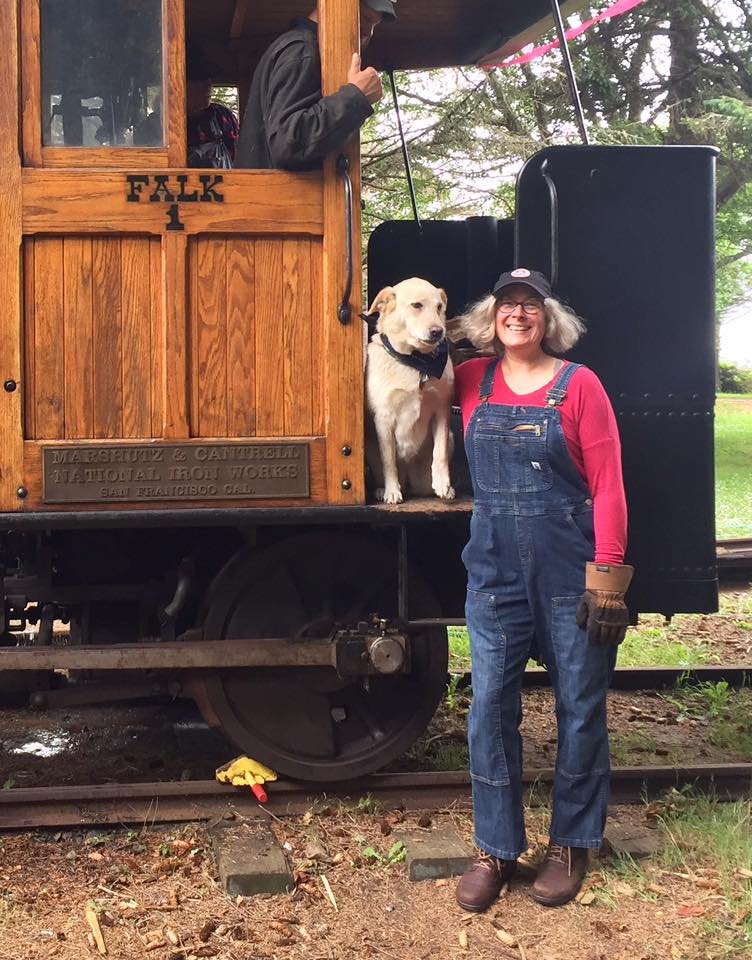

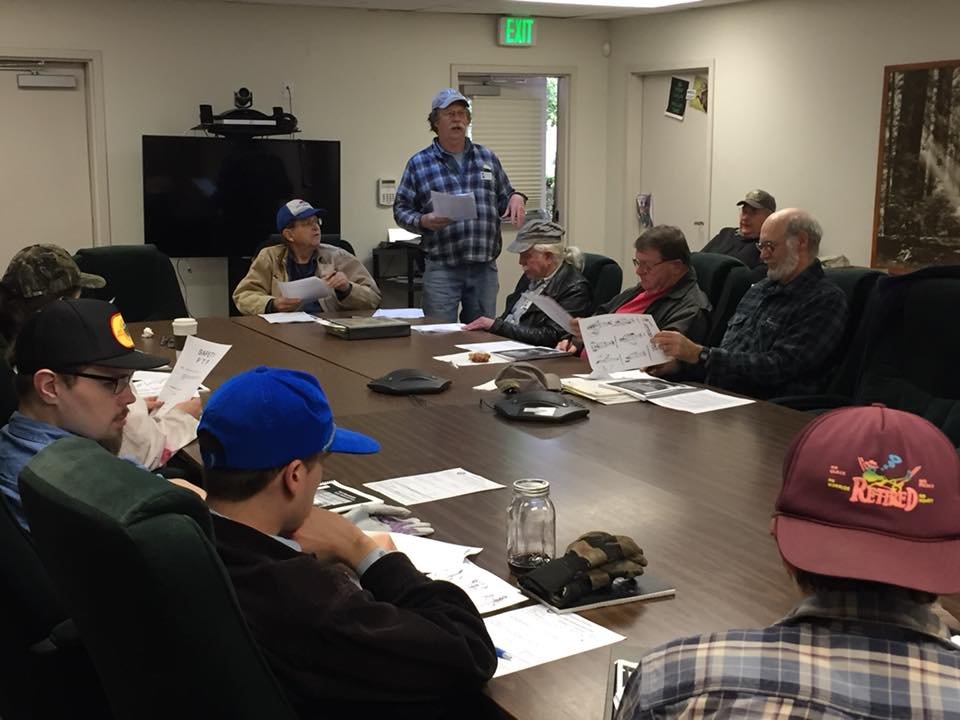
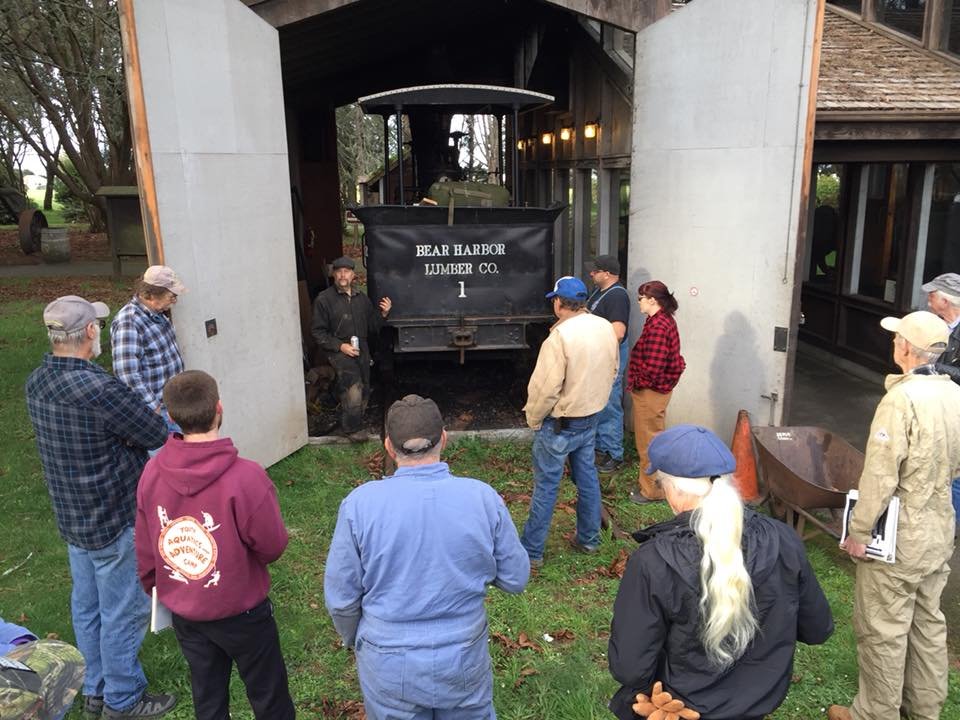

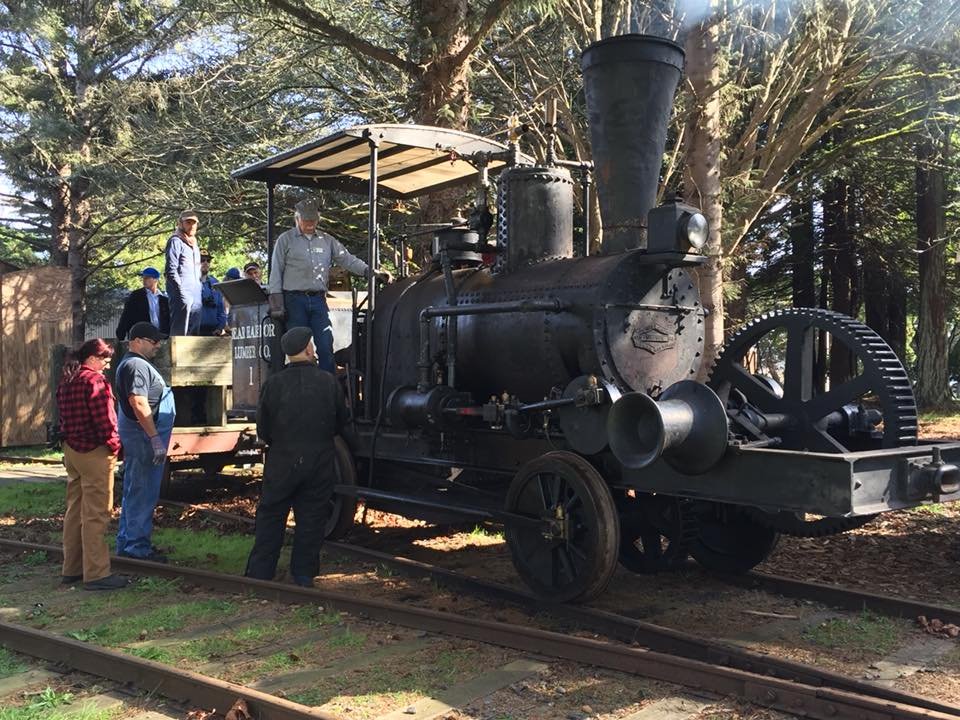
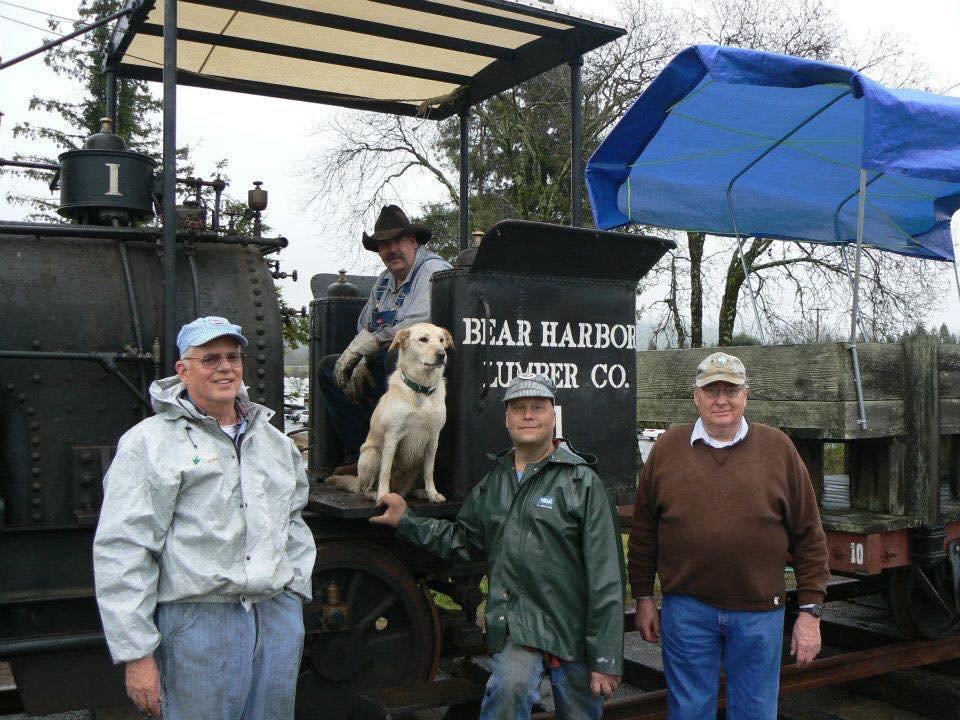
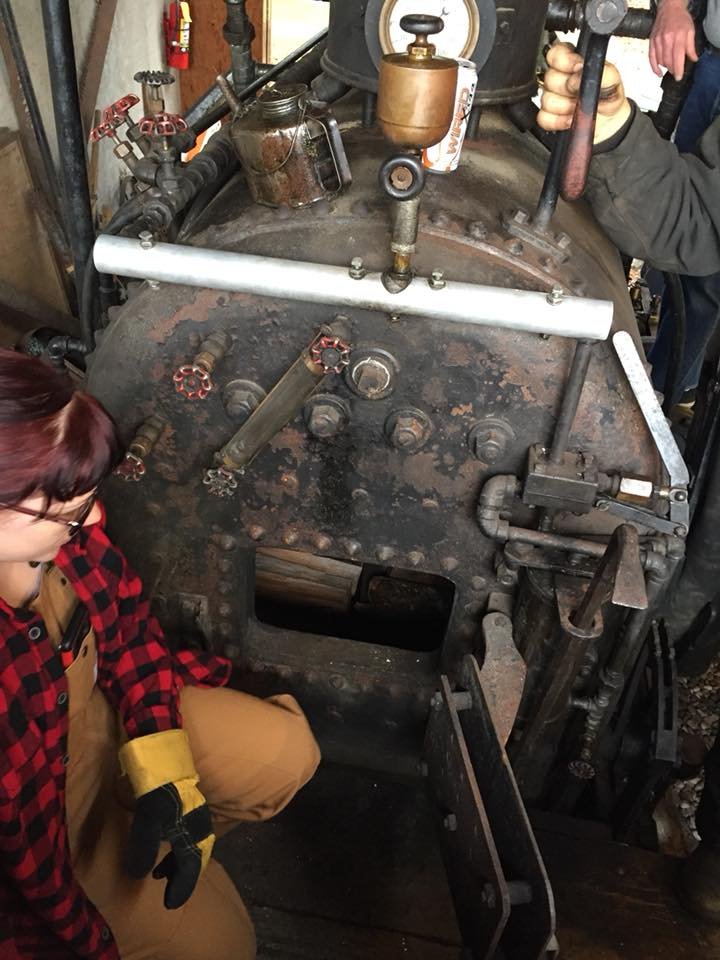
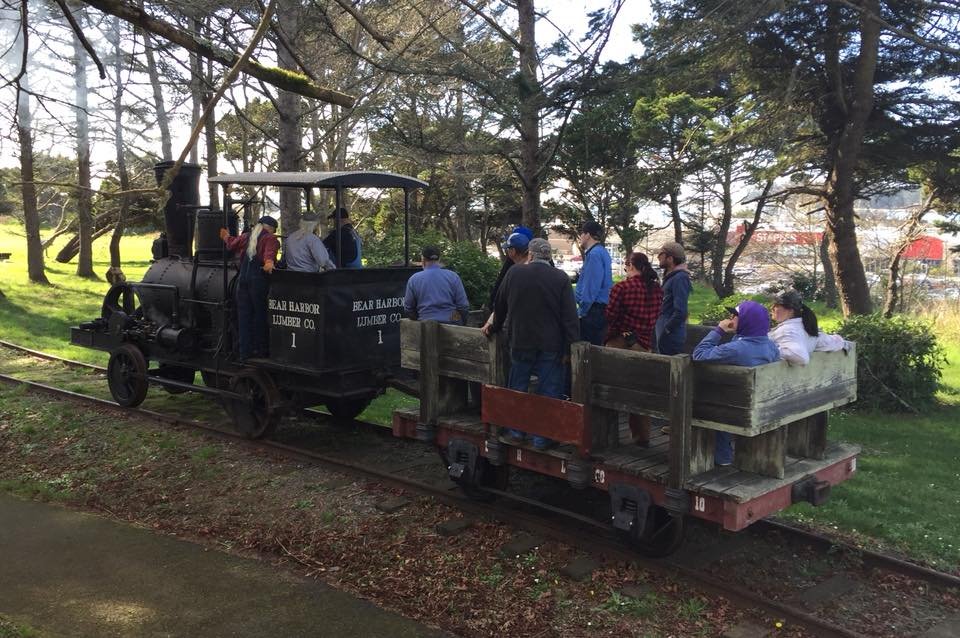
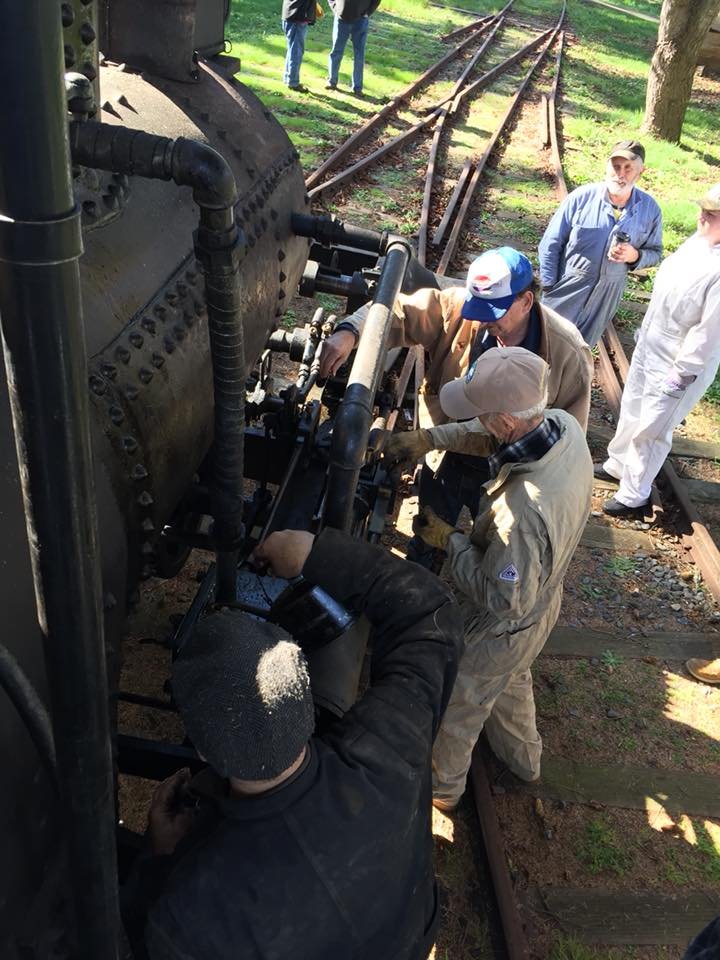
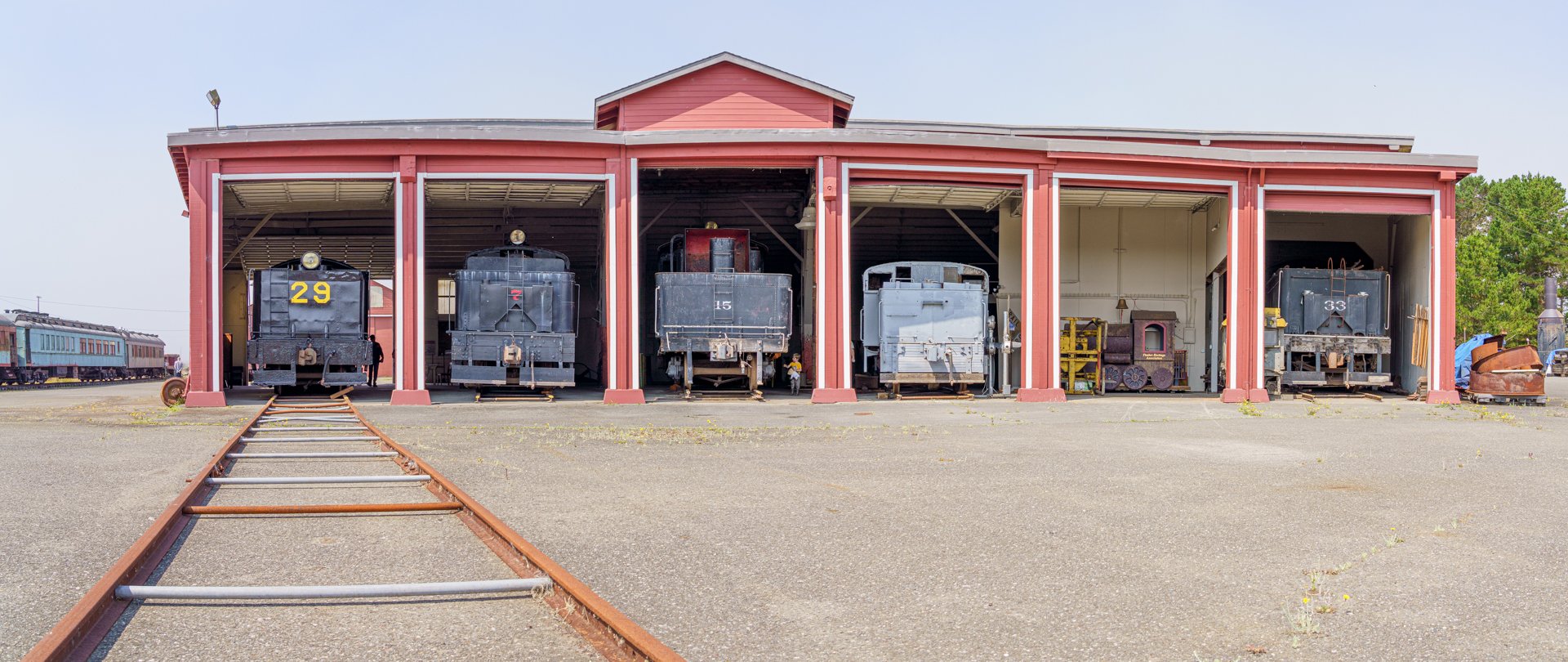
Donate
As a 501c3 nonprofit public benefit institution, the Timber Heritage Association relies on charitable contributions to preserve, restore, and operate our collection of historic artifacts, buildings, and railway vehicles.
Volunteer
Would you like to work on locomotives, railcars, or similar equipment? Handy with a hammer? Good with a camera? Savvy with a torch? Is marketing and special events your thing? Timber Heritage Association is an all volunteer organization, and there are positions for all levels of skill and experience within the organization. We would love to have your help.
